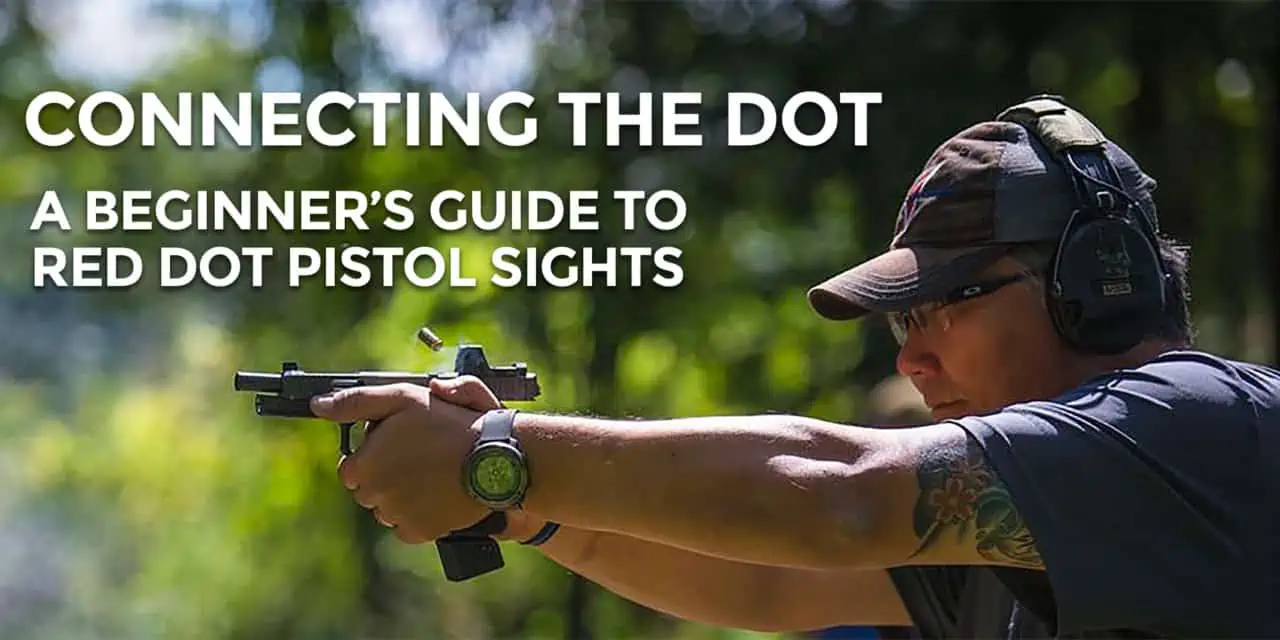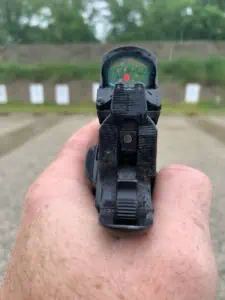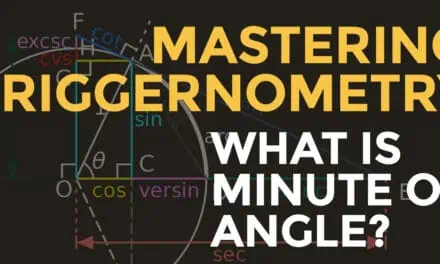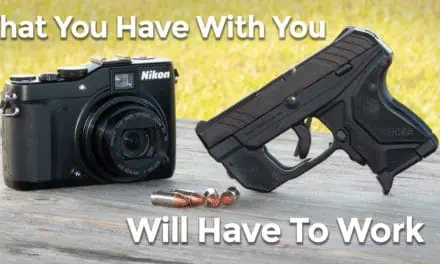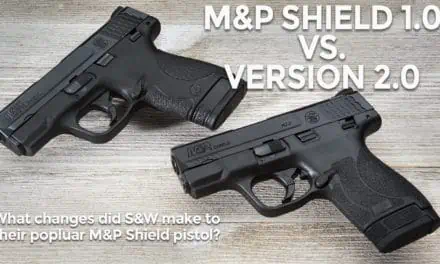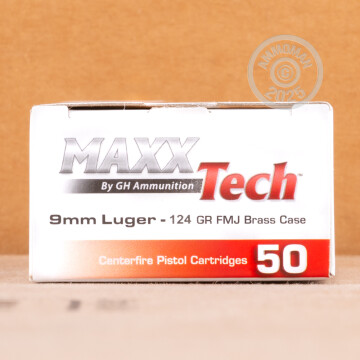A Beginner’s Guide To Red Dot Pistol Sights
Red dot sights on pistols have been a feature in competitive pistol shooting since the mid-’90s. Competitors quickly grasped how a red dot can help with accuracy and fast transition from target to target. The size and bulky shape of those first red dot sights slowed their adoption into the concealed carry world. However, in the last five years or so, pistol mounted red dot optics have really come into their own.
Many manufacturers, such as Glock and Nighthawk, offer concealed carry pistols with pre-drilled mounts for a red dot sight. Others, such as Sig Sauer and Smith & Wesson, offer complete pistol/red dot sight combinations that are ready to go right out of the box.
What Is A Red Dot Sight & How Does It Work?
First off, let’s be clear that when we talk about adding a red dot sight to a pistol, we are really talking about a reflex sight, where the dot is the result of the light from a light emitting diode (LED) being projected and then reflected onto a partially silvered piece of glass. If you’ve ever shined a flashlight into a car window and had some of the light bounce off and some of it pass through and light up the interior, you get the idea of how a reflex sight works.
A reflex sight works well as a sighting device because the light the LED emits is usually in a tight spectrum, so the silver reflective coating on the sight window needs to reflect only a narrow band of light, allowing everything else to pass through. This results in a clear, easy to see through window that has a small red dot floating in it, waiting for you to line it up with your target.
Where To Start With Red Dots
Getting into the red dot game requires a commitment of resources and training time. For some, that investment is worth the time and money. For others, their time is better spent doing dry fire practice in order to overcome snatching the trigger, or another fundamental pistol marksmanship skill.
To help guide your decision of whether to go red dot or not, we reached out to two of the masters of training gun owners in the use of red dot pistols: Steve Fisher of Sentinel Concepts and Scott Jedlinski of The Modern Samurai Project. Both are recognized experts on the advantages and disadvantages of the red dot. I asked them for their advice and guidance on the best options for red dots on pistols, and why someone would (or would not) want a red dot sight.
Is A Red Dot Pistol Sight Right For You?
“There are three reasons to look at switching to a red dot as your primary optic,” said Jedlinski. “First, if your eyesight is starting to fail: Looking at one focal plane (the target and the dot) is easier to do than looking at than three focal planes, (the target, the front sight and the rear sight) and then trying to sort out which one should be in focus at any given moment. Secondly, if you have good eyesight, a red dot allows you to engage targets at longer distances than with iron sights. Lastly, because the red dot floats out in space, you see more of your target: The pistol sights are not covering the lower half of your field of view.”
“I first used a red dot in competition,” says Fisher. “I realized that all the features that made it a good choice for a competition pistol, such as fast sight acquisition on the target and improved accuracy, applied to the self defense world as well. There’s a learning curve associated with getting quick, accurate shots, and a lot of the techniques used with iron sights will need to be adjusted for use with a red dot.”
Which Red Dot / Gun Combo is Best For Beginners?
“Start with what you know,” says Fisher. “If you’ve carried a Glock 19 for years, start with a Glock and a red dot. You’ll be learning new techniques to master the red dot. There is no reason to learn how to run a new gun at the same time.”
”I’ve been running red dots on my carry pistols since 1999, when I started out with a Tasco Optima 2000 on a S&W 5906,” Fisher said. “Right now, the ones I recommend most are the Trijicon Type 2 RMR and the Holosun 507C. As for dot size, a 6.5 MOA dot works for some and others find a 3.25 MOA dot is best. There is also a 1 MOA dot available if you’re looking for the last word in precision shooting.”
“I recommend three brands,” says Jedlinski. “The Trijicon RMR, Leupold DeltaPoint, and the Holosun 507C. As for dot size, look at getting something between a 4 MOA dot and a 2 MOA dot. Anything larger than 4 MOA, you’re going to run into issues with the dot obscuring the target at longer ranges, and a 1 MOA can be hard to pick up as you present your gun to the target.”
Setting Up Your Red Dot Pistol Sight
We asked Fisher and Jedlinski about the optimal location for the dot. In front of your rear iron sight or behind the rear sight? What height sights should you run? Are iron sights even needed with a red dot? According to Fisher, “Putting your dot in front of the rear sight means you’re to train your eye to look for the red dot first, but putting the red dot in-between the front and rear sight, like you see on the Glock MOS pistols, means you’re going to have less trouble moving back to an iron-sighted pistol when necessary.”
Jedlinski’s opinion is slightly different. “I don’t really have a preference for dot placement,” he says. “Placing the dot behind the rear sight is a hardware solution to a software problem.” When it comes to zeroing your dot and the relationship between the red dot and your regular sights, both men agree: let the red dot be a red dot, and let your iron sights be iron sights.
“Suppressor height sights, especially the Ameriglo versions, are fine with a red-dot pistol,” says Fisher. “But they should not have an absolute co-witness with your red dot. You’re negating a good portion of the benefits of having a red dot if you try to make a red dot line up exactly with your irons. ”
Jedlinski agrees: “I recommend having iron sights of some kind on any pistol with a red dot. Red dots can fail. Batteries can run out. But there are no electronics involved in a front and rear sight.” He also recommends a minimalist approach to your sights, saying, “You don’t want to clutter up your field of view with a lot of useless information. Keep your iron sights minimal, with blacked-out front and rear sights so they don’t distract your eyes from the dot.”
Training The Red Dot
According to both trainers, your presentation on the draw (the part of your draw after your gun leaves the holster and is heading towards to the target, but before it goes BANG!) is the key to cracking the code of the red dot pistol. “Iron sights let you be sloppy, as the gun and the sights are always in your peripheral,” Jedlinski said. “With a dot, the presentation has to efficiently guide the dot to your dominant eye. You can’t cheat your way into a good sight picture with a dot. For it to work as well as possible, your presentation needs to be smooth and level so your eyes pick up the dot as your gun is headed towards to the target.”
Fisher agrees: “Keeping the gun flat on the presentation is the key. If your presentation is lousy with iron sights, it’s going to be even worse with a red dot. Don’t set up your sight picture with your iron sights. Focus on the target, then bring the gun up to meet your eyes. Also, don’t wait and try to over-verify that the dot is on the target. It the dot looks like it’s where it’s supposed to be, shoot!”
Practicing The Red Dot
Finally, both Jedlinski and Fisher agree that mitigating the recoil of your gun and a stable shooting position are essential to running a red dot pistol at speed. “You’re not going to be strong enough to hold the gun perfectly flat under recoil,” says Fisher. “The gun is going to lift, so what matters is that once it’s done moving, it comes back to the same position relative to your eyes as quickly as possible, and those are controlled by setting up a good natural point of aim, combined with a good shooting stance.”
“You mitigate recoil with structure, not strength,” says Jedlinski. “Use a good, stable stance and a firm grip on the gun to get the dot back into your line of sight as quickly as possible.”
Is Red Dot Better Than Your Iron Sights?
The question still remains: is a red dot sight a good idea for you? If your eyesight is starting to fail and a clear front sight picture is only a distant memory, maybe it’s time for you to look at topping your pistol with a red dot. Maybe your eyesight is fine and you want to extend the effective range of your handgun. Or maybe you just like the latest and greatest gadgets out there and want to be ahead of the curve when it comes to firearms innovations. No matter your motivation, red dot defensive pistols are clearly no longer a niche market, but are instead becoming a viable choice for the beginning shooter.

